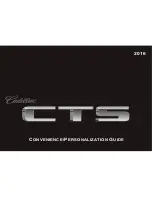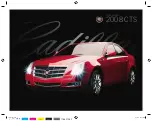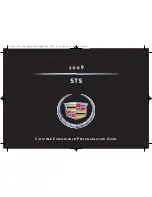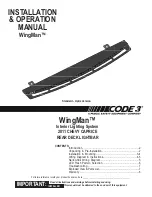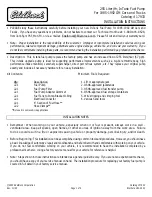
NOTE:
•
The TPMS is not intended to replace normal tire care
and maintenance or to provide warning of a tire failure
or condition.
•
The TPMS should not be used as a tire pressure gauge
while adjusting your tire pressure.
•
Driving on a significantly under-inflated tire causes
the tire to overheat and can lead to tire failure.
Under-inflation also reduces fuel efficiency and tire
tread life, and may affect the vehicle’s handling and
stopping ability.
•
The TPMS is not a substitute for proper tire mainte-
nance, and it is the driver’s responsibility to maintain
correct tire pressure using an accurate tire pressure
gauge, even if under-inflation has not reached the
level to trigger illumination of the “TPM Telltale
Light.”
•
Seasonal temperature changes will affect tire pressure,
and the TPMS will monitor the actual tire pressure in
the tire.
Premium System
The Tire Pressure Monitor System (TPMS) uses wireless
technology with wheel rim mounted electronic sensors to
monitor tire pressure levels. Sensors mounted to each
wheel as part of the valve stem transmit tire pressure
readings to the receiver module.
NOTE:
It is particularly important for you to check the
tire pressure in all of the tires on your vehicle monthly
and to maintain the proper pressure.
The TPMS consists of the following components:
•
Receiver module,
•
Four TPM sensors,
5
STARTING AND OPERATING
313
Summary of Contents for 2011 Challenger SRT
Page 1: ...Challenger SRT L 1 ...
Page 4: ......
Page 7: ...INTRODUCTION 5 ...
Page 10: ......
Page 86: ......
Page 120: ...118 UNDERSTANDING THE FEATURES OF YOUR VEHICLE ...
Page 121: ...3 UNDERSTANDING THE FEATURES OF YOUR VEHICLE 119 ...
Page 122: ...120 UNDERSTANDING THE FEATURES OF YOUR VEHICLE ...
Page 175: ...INSTRUMENT CLUSTER 4 UNDERSTANDING YOUR INSTRUMENT PANEL 173 ...
Page 241: ...UNDERSTANDING YOUR INSTRUMENT PANEL 239 ...
Page 301: ...STARTING AND OPERATING 299 ...
Page 354: ......
Page 406: ......
Page 437: ...INDEX 10 ...































